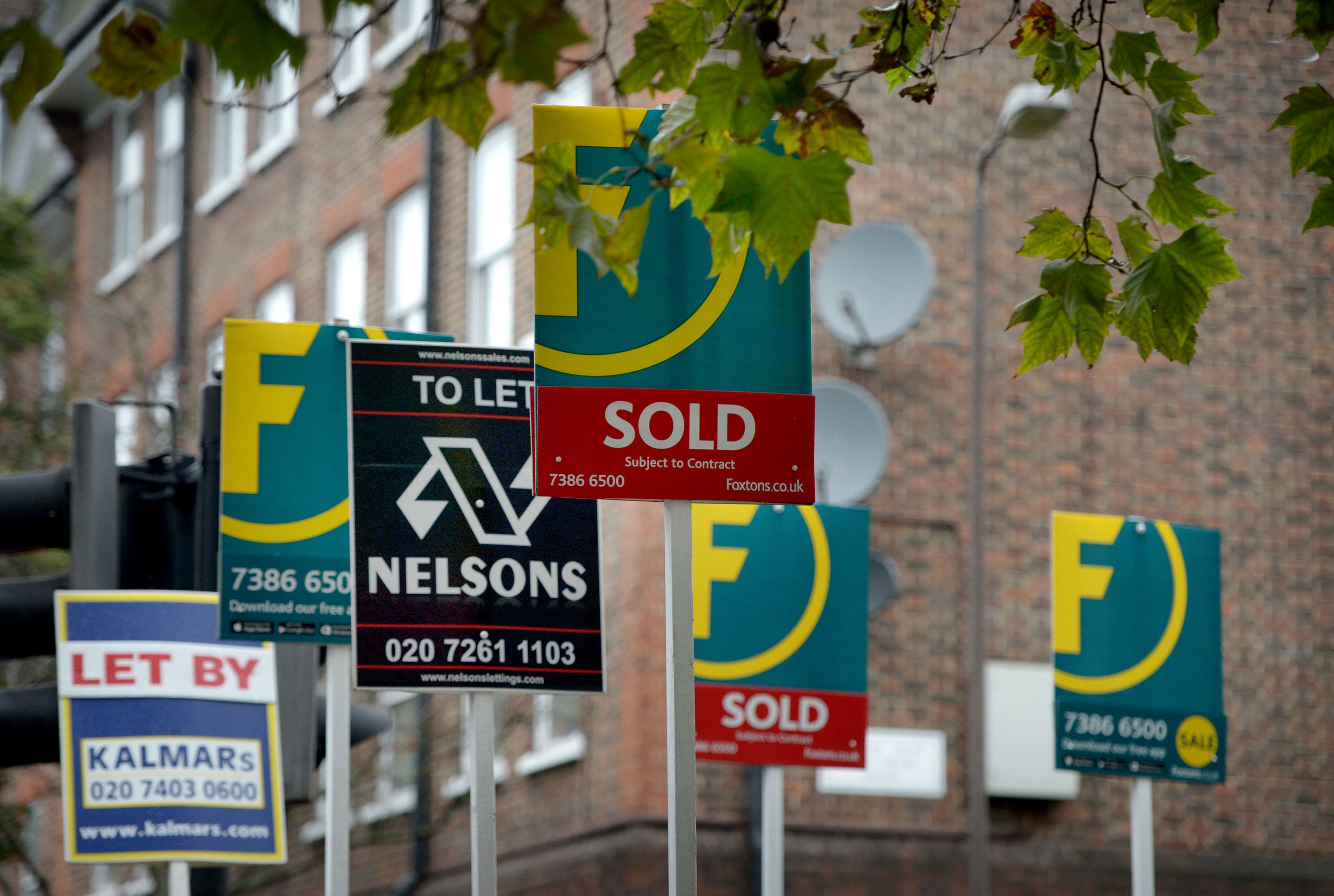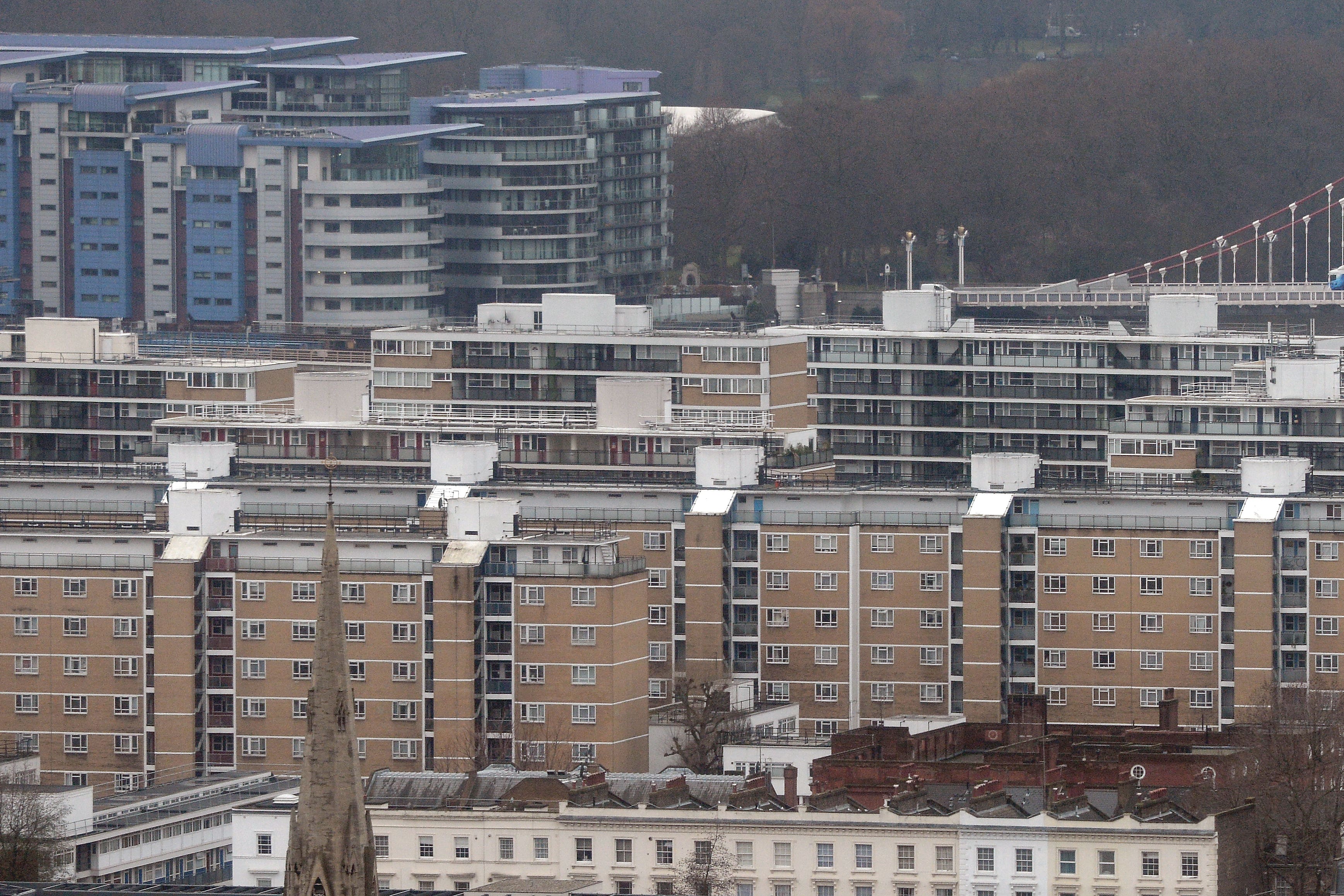Bank reveals what type of property is seeing the sharpest price rise
The overall number of first-time buyers is lower than recent years

Your support helps us to tell the story
From reproductive rights to climate change to Big Tech, The Independent is on the ground when the story is developing. Whether it's investigating the financials of Elon Musk's pro-Trump PAC or producing our latest documentary, 'The A Word', which shines a light on the American women fighting for reproductive rights, we know how important it is to parse out the facts from the messaging.
At such a critical moment in US history, we need reporters on the ground. Your donation allows us to keep sending journalists to speak to both sides of the story.
The Independent is trusted by Americans across the entire political spectrum. And unlike many other quality news outlets, we choose not to lock Americans out of our reporting and analysis with paywalls. We believe quality journalism should be available to everyone, paid for by those who can afford it.
Your support makes all the difference.A major bank has revealed the type of home that has seen prices increase the most.
Halifax said there has been a switch in demand, reversing the “race for space” that was seen during the coronavirus pandemic as buyers searched for bigger homes.
Prices for smaller homes such as flats have been increasing at a faster rate than bigger properties amid affordability constraints
In the year to February, the average price of a flat increased by 2.7%, while the average terraced property value rose by 2.6%, Halifax said.
Prices for semi-detached and detached homes increased at lower rates, rising by 1.7% and 2.0% respectively.
Across Britain, Scotland saw the strongest growth in prices for flats over the past year, with a 5.9% increase, Halifax said.
Yorkshire and the Humber was the only English region to record a fall in prices for flats over the past year, with a decrease of 2.9%. The region also recorded the biggest increase in detached house prices over the past year, at 5.0%.
The north east of England, meanwhile, has seen the biggest percentage rise in the typical price of a terraced home, at 7.6%, as well as the biggest increase in the average price of a semi-detached home, at 5.9%.
In cash terms, detached homes increased by the most in price, by £8,853 on average in the year to February. The average price for a flat rose by £4,290.
Here are the average increases in UK properties by type in the year to February, according to Halifax
Figures show average prices in February 2024 and the annual increase in percentage and cash terms:
Flat, £163,016, 2.7%, £4,290
Terraced, £224,173, 2.6%, £5,643
Semi-detached, £295,199, 1.7%, £4,797
Detached, £451,655, 2.0%, £8,853
The squeeze on mortgage affordability in the higher interest rate environment has given many potential homebuyers pause for thought before making a move, Halifax said.
But it added that, as rates have stabilised and activity has started to pick up, it is smaller homes that have recorded the strongest increases in price growth in the early part of this year.
Homebuyers have been adjusting their expectations to compensate for higher borrowing costs, as well as coping with the general cost-of-living squeeze, the bank suggested.
Halifax added that a “resilient” first-time buyer market has also helped.
While the overall number of first-time buyers is lower than recent years, the sector made up 53% of all homes bought with a mortgage in 2023 – the highest proportion since 1995 – according to Halifax.
Flats and terraced houses made up 57% of homes purchased by first-time buyers last year, it added.
Amanda Bryden, head of Halifax Mortgages, said: “As interest rates have stabilised and buyers adjust to the new economic reality of owning a home, one way to compensate for higher borrowing costs is to target smaller properties.

“This is especially true among first-time buyers, who have proven to be resilient over recent years, and now account for the largest proportion of homes purchased with a mortgage in almost 30 years.
“We see this reflected in property prices for the first few months of this year, with the value of flats rising most sharply, closing the ‘growth gap’ on bigger properties that’s existed for most of the last four years.”
The figures were released as property website Zoopla said it expects around 100,000 more property sales to take place this year than in 2023, with around 1.1 million sales in 2024 versus one million in 2023.
Zoopla said that housing markets in southern England and the East Midlands are particularly likely to be continuing to register price falls.
Richard Donnell, executive director at Zoopla said: “The pipeline of sales is growing and we expect 100,000 more people to move home in 2024 than last year.”